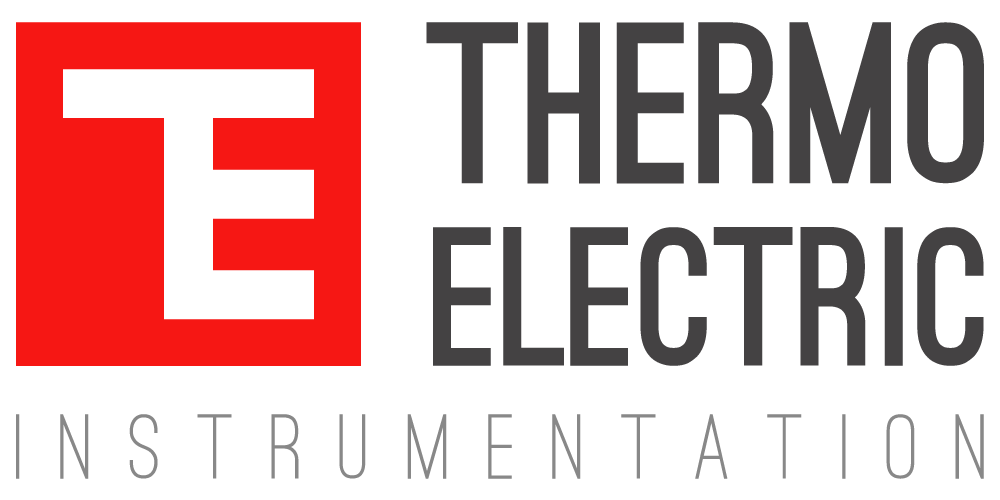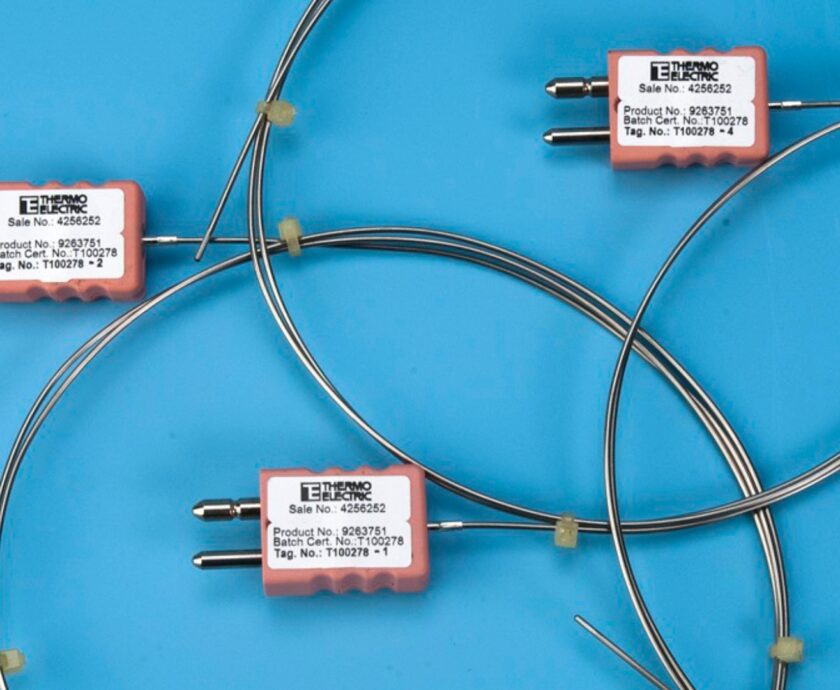In industrial settings where temperatures reach extreme levels, reliable temperature measurement is critical for ensuring operational efficiency, safety, and longevity of equipment. Industries such as petrochemical, power generation, and metal processing face unique challenges that require advanced sensor technology capable of withstanding harsh conditions. This article delves into the solutions for high-temperature applications, including innovative designs, material selection, calibration techniques, and quality assurance.
Understanding High-Temperature Applications
High-temperature applications encompass environments where processes operate at elevated temperatures, often exceeding 1000°C. Examples include furnaces, boilers, reactors, and turbines. These settings present specific challenges, such as material degradation, sensor inaccuracy, and frequent maintenance requirements. Accurate and durable temperature sensors are essential to maintain process control and safety.
One critical factor in developing sensors for high-temperature applications is the careful selection of materials. Advanced alloys and ceramics are commonly used due to their ability to withstand extreme temperatures and resist wear and corrosion. The specific sensor construction, including sheath materials and the type of junction tip, is considered to ensure long-term stability and accuracy.
For instance, temperature sensors can incorporate sheath materials tailored to specific applications, such as Inconel or platinum, to provide optimal performance. The junction tips are engineered to minimise drift and enhance response times, ensuring accurate temperature readings even in the most demanding environments.
Thermowell Integration
Thermowells play a critical role in protecting temperature sensors from harsh conditions, mechanical damage, and corrosive elements. They are designed to house the sensor, providing a barrier between the sensor and the process environment. This not only extends the sensor’s lifespan but also allows for sensor replacement without shutting down the process.
Design considerations for thermowells include material choices such as ceramic, wall thickness, and tip design. Our thermowells are custom-built to meet specific application requirements, ensuring optimal protection and performance.
Calibration Techniques
Precise calibration is essential for high-temperature applications to ensure sensors provide accurate and consistent readings. Thermo Electric has advanced calibration processes that involve rigorous testing and adjustments to match industry standards.
Our calibration lab is equipped with advanced technology, capable of calibrating sensors across a wide temperature range, up to 1500°C. Compliance with ISO 17025 certification standards guarantees the highest level of accuracy and reliability.
Certification Standards
A reputable calibration service must adhere to ISO 17025, a globally recognised standard for calibration and testing laboratories. This certification ensures that all calibrated sensors meet stringent quality and accuracy requirements, providing clients with confidence in their temperature measurement solutions.
Maintaining high standards of quality and compliance is vitally important in the manufacturing of temperature sensors. At Thermo Electric, we implement rigorous quality control measures throughout our production process, from material selection to final inspection.
Relevant industry standards and regulations are meticulously followed, including certifications such as ISO 9001, ISO 14001, and ATEX. These certifications demonstrate a commitment to quality and safety in high-temperature sensor manufacturing.
If you’re facing challenges in high-temperature applications, reach out to us for expert consultation and customised solutions. Follow us for more insights and updates on our latest innovations in temperature measurement technology.




